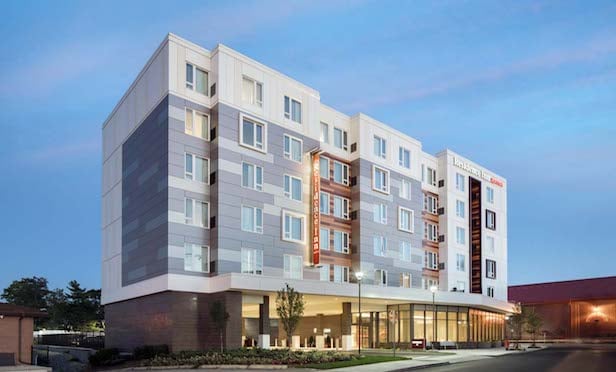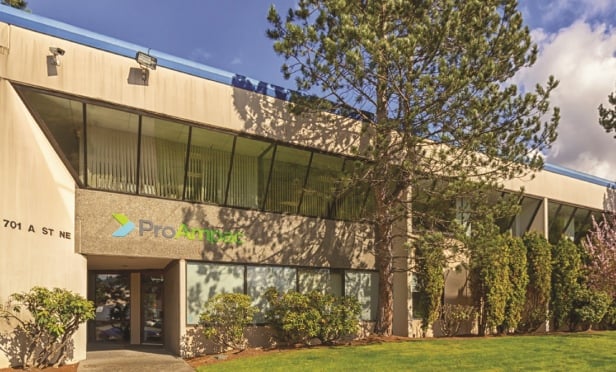In healthcare real estate, it is difficult to separate news from trends. While a major medical office building (MOB) portfolio sale at an exceptionally low capitalization rate is certainly big news, it might also be part of a trend – perhaps indicating that investors with are being highly aggressive in chasing MOBs.
So, rather than trying to choose the top 10 stories from the 2012 editions of Healthcare Real Estate Insights (HREI), we've decided to list the top 10 trends, using selected new stories to illustrate the point. Here is the first installment of a three-part series on the biggest healthcare real estate trends of 2012:
10. Monetizations Make a Limited Return
As the healthcare real estate sector came into its own in the 1990s and early 2000s, more hospitals started selling, or monetizing, medical office buildings (MOBs) to third-party owners. They did so to raise capital and rid themselves of the burdens of leasing and property management. But in recent years, monetizations have become rare. Last year, however, saw a lukewarm return of large, hospital-driven MOB monetizations. Scottsdale Health in Arizona sold eight MOBs to HCP Inc. for $81.4 million, and Healthcare Trust of America (in Scottsdale, AZ) bought 13 buildings from Steward Health Care System in Boston for $100 million. We're not sure if those deals signal the start of a new wave of MOB monetizations. But we do know that about 90%of healthcare real estate remains in the hands of health systems, so those assets are a potential pot of gold for many eager MOB investors.
9. M&As, Physicians as Employees
One of the biggest trends affecting healthcare real estate in 2012 was consolidation. That included numerous mergers and acquisitions among hospitals and health systems, as well as the continued migration of physicians away from independence and towards employment with systems. Some observers say consolidation will benefit commercial real estate developers and investors because hospitals and health systems are likely to need new, more efficient space to consolidate services and house newly employed physicians. Naysayers, however, say both trends could slow development and result in health systems jettisoning redundant buildings that will not be desired by investors.
8. Making MOB Lemonade Out of Retail Spaces, Offices – a.k.a. Repurposing
“Repurposing” was one of most talked-about topics in the healthcare real estate business last year. The adaptive reuse of former office buildings, retail stores and warehouses for healthcare facilities has played an important role in swiftly and cost-effectively bringing services in locations convenient for patients. Oakland, CA-based healthcare provider Kaiser Permanente says it has repurposed about 3 million square feet of space in the past four years. San Francisco-based Dignity Health has even gone so far as to create a clinic in a former movie theater in the Los Angeles area. In fact, during a discussion at a recent healthcare real estate conference, all the healthcare executives on the panel said they had relied on repurposing, and most planned to do more.
John Mugford is the Editor of Healthcare Real Estate Insights, the nation's first and only publication totally dedicated to covering news and trends in healthcare real estate development, financing and investment. For more information, please visit www.HREInsights.com.
© Touchpoint Markets, All Rights Reserved. Request academic re-use from www.copyright.com. All other uses, submit a request to [email protected]. For more inforrmation visit Asset & Logo Licensing.






